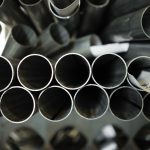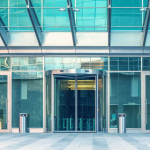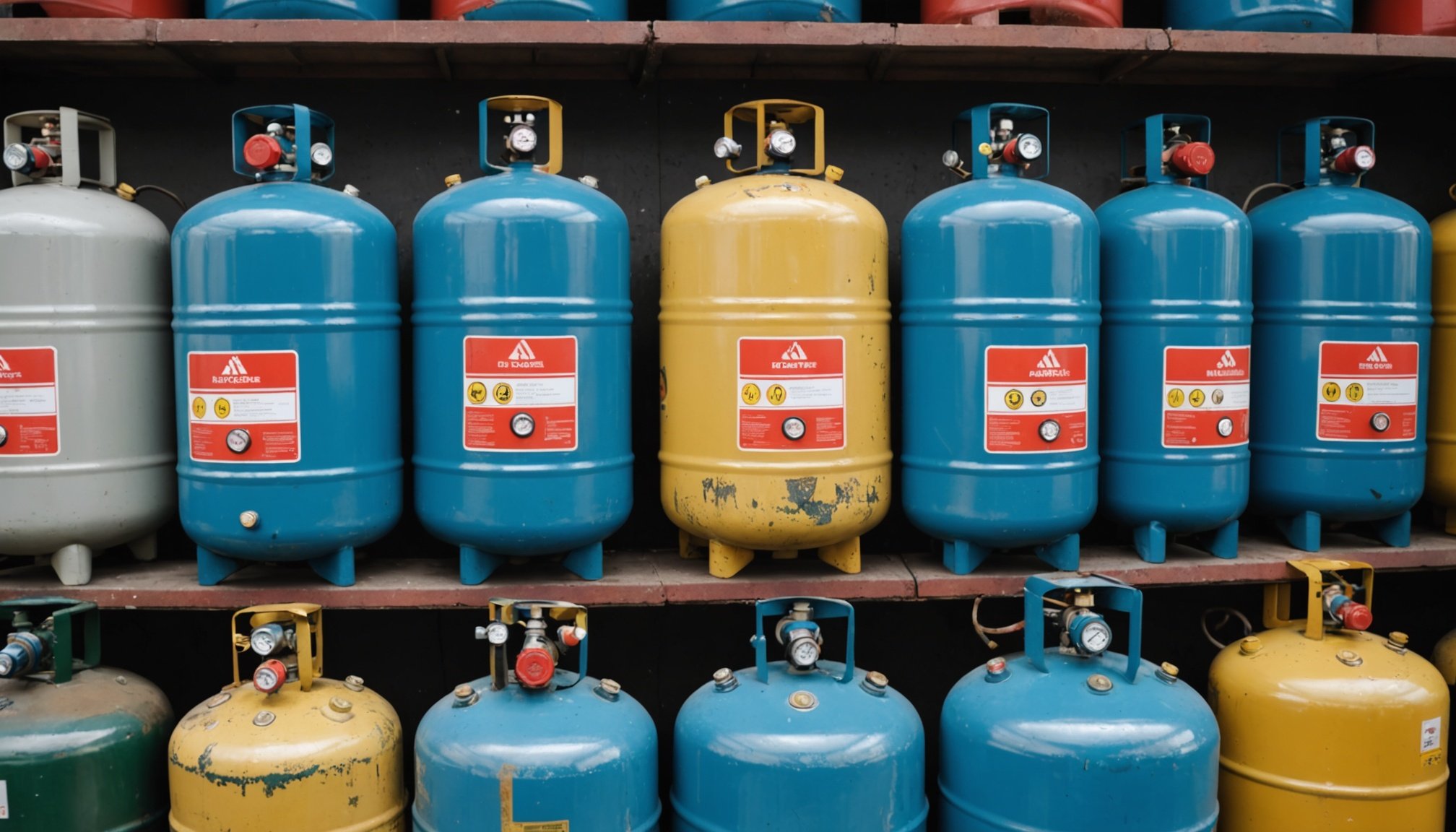Gas cylinders power many aspects of daily life, yet their risks often go unnoticed. Understanding the types, proper handling, and safety measures can prevent accidents and ensure secure use. Exploring these hidden dangers helps you protect your home and loved ones while making informed choices about purchasing and maintaining gas cylinders.
Essential Facts About Gas Cylinders: Types, Uses, Sizes, and Safe Handling
Understanding the different types of gas cylinders is vital for anyone using fuels or specialty gases in 2025. With a variety of cylinder options—such as LPG, propane, butane, oxygen, and carbon dioxide—each serves precise roles spanning from home heating and BBQs to camping, welding, and medical oxygen supply. Click to learn more.
This might interest you : What Future Trends Are Set to Transform the UK Business Landscape?
Standard sizes vary greatly: expect to encounter smaller cylinders like the 1 kg or 4.5 kg bottles, ideal for portable heaters and camping stoves, as well as much larger 47 kg propane cylinders usually found in industrial or residential continuous supply. Materials range from robust steel to lighter composite bottles, each colour-coded to prevent mix-ups—propane (red), butane (blue), oxygen (white), and CO2 (grey).
Compatibility matters. Always select the right cylinder and regulator for your appliance. For BBQs with four burners, a larger propane bottle is preferred, while portable heaters or caravans suit butane options. Storing and handling these containers demands care and attention for optimal safety and appliance performance.
Additional reading : Essential tips to stay safe with gas cylinders
Managing, Refilling, and Purchasing Gas Cylinders
Where to buy or refill cylinders: suppliers, retail networks, and authorized refill station certifications
Finding local gas refill centers for portable fuel tanks for camping or barbecue fuel supply options is streamlined through supplier directories and retail partnerships. Many authorized refill station certifications ensure safety and regulatory compliance during every fuel tank exchange program. Retail outlets for fuel canisters often carry various brands—especially for culinary uses of propane tanks—so calling ahead to confirm availability is wise. Authorized suppliers will display their compliance credentials prominently, reinforcing confidence in product origin and handling.
Refilling and exchanging procedures for common cylinder types
Refill procedures for portable gas tanks prioritize user safety and environmental standards. At local gas refill centers, attendants inspect the cylinder and verify appropriate valve type before any refill or exchange. For barbecue fuel supply options, exchanging an empty cylinder for a full one is standard; users are encouraged to bring cylinders in suitable condition to expedite the process. Helium canister refill locations and fuel tank exchange programs follow similar protocols—enforcing certification and ensuring all products meet authorized refill station certifications—limiting risk and maximizing safety during every transaction.
Price comparison, rental vs purchase, and programs for cylinder return or exchange
Price comparison for fuel canisters involves assessing both upfront costs and fees linked to fuel tank exchange programs. Rental offers flexibility and lower initial expense, though outright purchase may be favored for frequent users of portable fuel tanks for camping or culinary uses of propane tanks. Cylinder return or exchange programs offer environmental perks and savings for responsible participation, with local gas refill centers typically providing clear terms about deposits, refund policies, and program benefits.
Legal, Safety, and Compliance Guidelines for Gas Cylinder Users
Required safety checks and user handling tips for home and business environments
Safety checks for pressurized fuel tanks must be conducted before every use—look for visible damage, corrosion, or leaks around the valve and connection points. Home and business users should record inspection dates so the fuel container inspection frequency is never overlooked. Routine gas container maintenance tips include storing cylinders upright and ensuring regulator removal instructions are followed precisely. Proper handling is covered in most safety training for cylinder handling programs, which stress avoiding impact and never modifying the cylinder valve.
Transport, storage, and emergency response standards
Cylinder transport safety laws demand that cylinders be secured in vehicles and segregated from heat sources or electrical equipment. Always use approved fuel cylinder storage racks and secure containers to prevent rolling. In the event of a gas leak, emergency response for gas leak incidents involves ventilating the area immediately, activating emergency shut-off mechanisms, and calling authorities if the situation escalates. Understanding these safety checks for pressurized fuel tanks safeguards both people and property.
Regulatory compliance, certification marks, and best practices in disposal or recycling
Regulatory compliance for pressurized tanks and up-to-date certification standards for gas tanks are mandatory. Look for certification marks and ensure you use authorized refill station certifications when rebuilding your gas supply. For disposal, always utilize best practices for cylinder recycling to minimize environmental effects of fuel tank leaks—never throw cylinders in regular waste and avoid hazards of improper cylinder disposal. Regular safety training for cylinder handling remains the best assurance for compliance and environmental protection.
Maintenance, Inspection, and Support Services for Gas Cylinders
Regular inspection and maintenance routines for optimal safety and longevity
Scheduled maintenance schedules for gas tanks and adherence to a detailed inspection checklist for secondhand tanks play a pivotal role in gas safety. Owners should check for dents, rust, loose valves, and label integrity regularly. Consulting gas container maintenance tips ensures that portable fuel tanks for camping, propane gas bottles, and other types of gas containers remain in reliable condition and compliant with certification standards for gas tanks.
Troubleshooting common issues, leak detection, and when to replace or return cylinders
Prompt leak checks using dedicated fuel container leak detection methods are necessary, particularly before each use and after any transport. Listen for hissing sounds, detect unusual odours, and use soapy water on valve connections. If issues persist, apply your inspection checklist for secondhand tanks and seek advice on fuel canister lifespan and replacement. Always follow approved refill procedures for portable gas tanks and replace damaged units.
Accessing customer support, online account management, and finding tailored expert advice
Online management simplifies cylinder tracking, payments, and reordering. Use the “My Account” portal to access maintenance schedules for gas tanks or locate authorized refill station certifications. Energy experts provide assistance with gas container maintenance tips, tailored for BBQ gas bottle owners, caravan users, or industrial operators.






